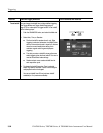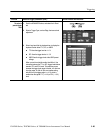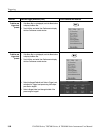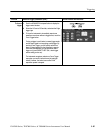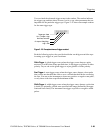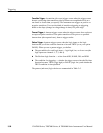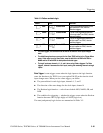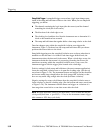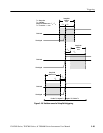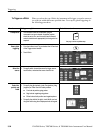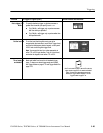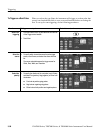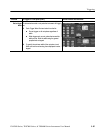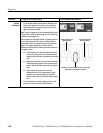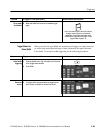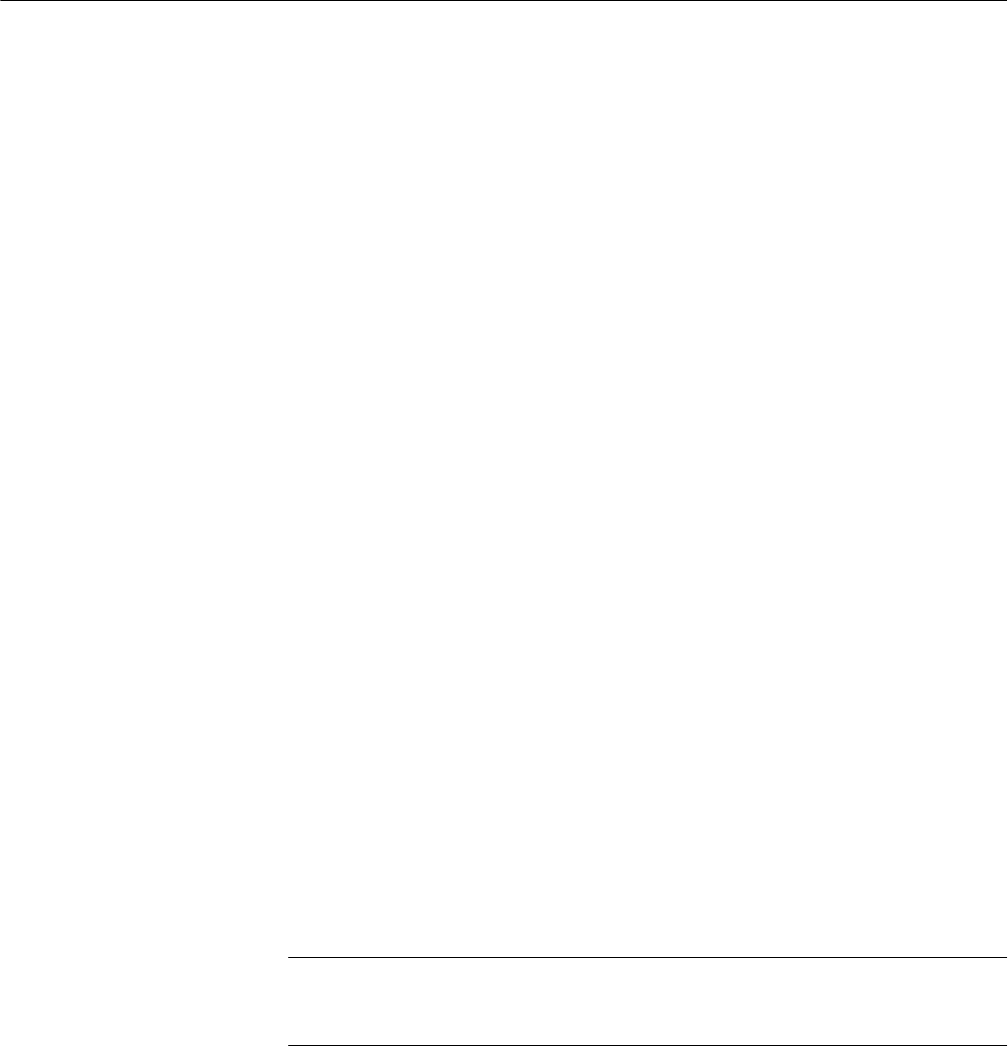
Triggering
3-92
CSA7000 Series, TDS7000 Series, & TDS6000 Series Instruments User Manual
Setup/Hold Trigger. A setup/hold trigger occ urs when a logic input cha nges state
inside of the setup and hold times relative to the cloc k. Whe n you use setup/hold
trigger ing, you define :
H The channel containing the logic input (the data source) and the channel
containing the clock (the clock source)
H The direction of the clock edge to use
H The clocking level and data level that the instrument uses to determine if a
clock or data transition has occurred
H The setup and hold times that together define a time range rela tive to the cloc k
Data that changes state within the s etup/hold violation zone triggers the
instrument. Figure 3--26 shows how the setup and hold times that you choose
positions this zone relative to the clock.
Setup/hold triggering uses the setup/hold violation zone to detect when data is
unstable too near the time it is clocked. Each time trigger holdoff ends, the
instrument monitors the data and clock sources. When a clock edge occurs, the
instrument checks the data stream it is processing (from the data source) for
transitions occurring within the setup/hold violation zone. If any occur, the
instrument triggers with the trigger point located at the clock edge.
Positive settings for both setup and hold times (the most common application)
locate the setup/hold violation zone so it spans the clocking edge. (See the top
waveform in Figure 3--26.) The instrument detects and triggers on data that does
not become stable long enough before the clock (setup time violation) or that
does not stay stable long enough after the clock (hold time violation).
Negative settings for setup or hold times skew the setup/hold violation zone to
locate it before or after the clocking edge. (See the bottom and center waveforms
of Figure 3--26.) The instrument can then detect and trigger on violations of a
time range that occurs before or one that occurs after the clock.
NOTE. Keep the hold-time setting to no more than 2.5 ns less than one-half the
clock period (hold time ≤ (period/2) -- 2.5 ns) or the instrument cannot trigger
(this assumes a 50% duty cycle clock).



